Death Valley Wilderness is the largest wilderness area in the contiguous United States, and is located within Death Valley National Park. It covers over 3,190,400 acres and constitutes approximately 93% of the national park. The majority of the area is located in California, but Nevada contains 45,350 acres. All of this area is managed by the National Park Service.
The Death Valley Wilderness is characterized by low elevation valleys and hot, dry temperatures (often exceeding well over 100 degrees in the summer). But there is much more than that. There are fields of sand dunes, native artifacts, historical sites, unique geology, rocky outcroppings, and colorful cliffs. There are high peaks and alpine environments like Telescope Peak, the highest point in the national park at 11,049 feet, which receives snow in the winter.
VEGETATION
The area is home to over 1,000 species of plants including forests of piñon, juniper, mountain mahogany, and a few bristlecone pine trees.
WILDLIFE
The Death Valley Wilderness provides habitat for a wide variety of animals, including rodents, coyotes, foxes, deer, snakes, bats, birds, lizards, desert tortoises, and threatened desert bighorn sheep.
ACCESSIBILITY
The roadless Wilderness area is intersected by nearly 1,000 miles of paved and dirt roads which provides access to the more remote areas. Note that the Wilderness boundary (where Wilderness regulations apply) is considered 50 feet from the centerline of most backcountry roads.
THINGS TO DO
There are many ways to enjoy the Death Valley Wilderness, including:
-
Nature viewing.
-
Hiking
-
Backpacking / Camping
-
Trail running
-
Visit historical sites.
HIGHLIGHTS
REGULATIONS
-
Off-road driving and all other forms of motorized transportation or mechanical equipment are prohibited. Regulations such as these are essential for protecting the desert environment. Damage caused by vehicles in this area does not recover quickly.
-
Pets are not allowed in the wilderness or on trails.
-
Hunting and trapping is prohibited.
CAMPING AND PERMITS
Visitors are required to obtain a free backcountry camping permit which are available at the Furnace Creek Visitor Center and the Stovepipe Wells Ranger Station.
ADDITIONAL INFORMATION
Backcountry and Wilderness Map
Death Valley National Park Visitor Guide



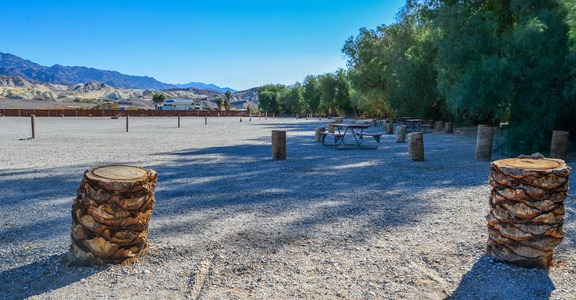
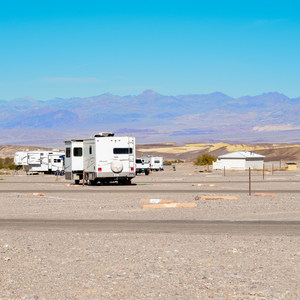
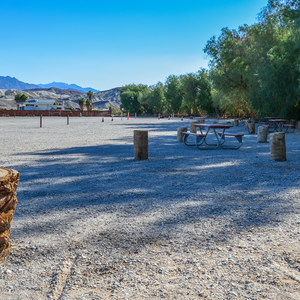
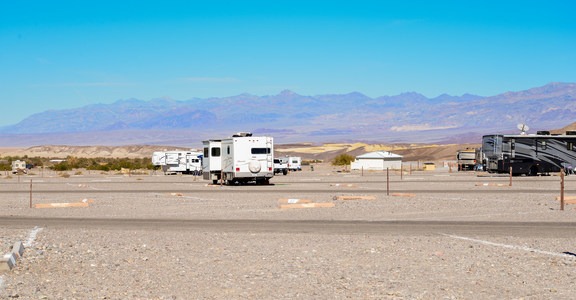
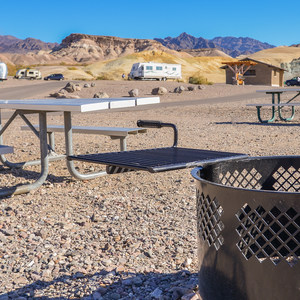



Comments
Sign In and share them.